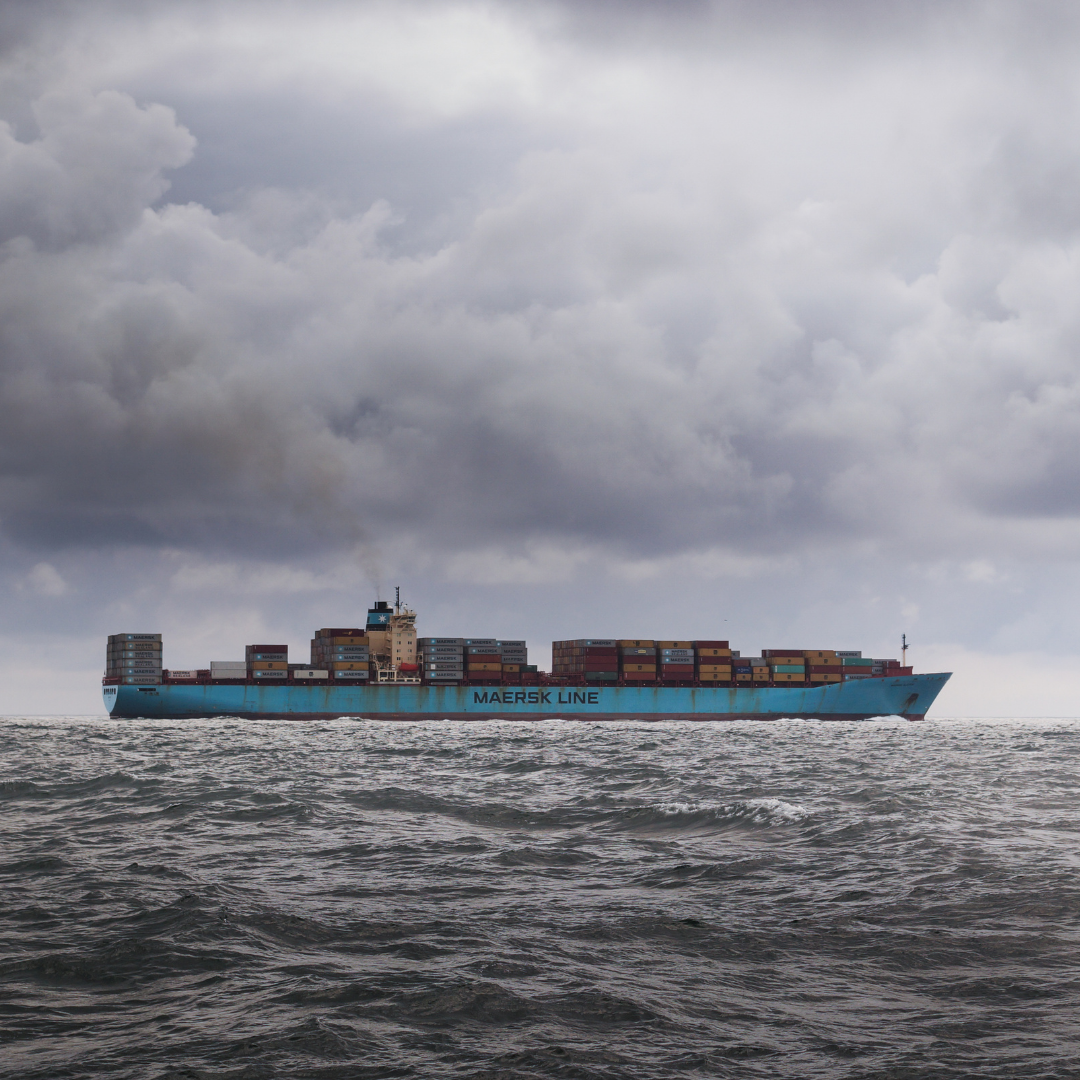Despite the wave of vaccinations and preventative measures being implemented around the globe, the impact of the novel COVID-19 coronavirus is still having a major effect on day-to-day operations for most industries. One of the most affected industries has been the transportation and logistics industry, as shutdowns and quarantines of whole countries have prevented cargo and other shipping methods from delivering goods to ports worldwide.
Other crises such as the incident with the cargo ship “Ever Given” becoming stuck in the Suez Canal in early 2021 have created even more delays for goods being delivered in an efficient fashion. Now we are seeing huge numbers of cargo ships waiting offshore because of the backup of shipments after constant delays over the last 2 years. And it is not just cargo ships, either. Although there have been slight improvements over the past year, there were many air transport flights grounded or delayed due to issues with the coronavirus. At the beginning of the pandemic, roughly 90% of all passenger flights were grounded due to restrictions and quarantines. Because large amounts of cargo move via passenger flights, this significantly reduced the amount of goods being delivered. Additionally, labor shortages and other concerns present further issues with the logistics and transportation supply chain, as more and more companies are struggling to retain workers. This seems to be the “new normal” in the industry, and many experts are predicting these trends to continue into 2022.
Delays, Backlogs, and More
Due to increased leniency in pandemic preventative measures, many industries have reopened and begun to restart operations. The demand for supplies and other goods has never been higher. Supply shortages caused the need to redirect those supplies to frontline workers for PPE and medical equipment; many industries have been unable to get the supplies they need to continue their own operations.
Now that these businesses and industries have begun to reopen and continue their operations, many companies are competing to order the limited number of supplies that are available. This has led to a huge backlog of orders for supply and logistics companies that are struggling to keep up with high demand for their goods. This means that supply and logistics companies are now charging exceedingly higher prices for their goods. On top of this, the high demand for goods has led to backups and delays in ports around the world, meaning that goods are taking much longer times than normal to reach their destinations.
Comparison of Before the Pandemic and Now
Before the pandemic, delays for shipping and logistics were practically non-existent. Prices for goods were relatively cheap and plentiful because there were no limitations on the number of ships arriving at port or planes entering other states and countries. Additionally, there were no preventative measures in effect that controlled how people interacted with each other and whether people needed to quarantine themselves. Also, there were little to no limitations on cargo flights compared to now. Countries and states had higher fluidity in terms of movement between them, meaning that transport was plentiful and easy between countries via suppliers.
Nowadays, however, the pandemic has created a rash of issues for getting supplies to a variety of industries. Travel is limited between certain countries, with suppliers being prevented from delivering supplies to those with high numbers of outbreaks. Those that can fulfill supply deliveries are being met with delays due to backups and measures being implemented to prevent the spread of COVID-19, further delaying logistics deliveries from fulfillment. As noted previously, because roughly half of all air cargo was transported via passenger flights, the significant reduction in air travel over the last couple of years has had a large impact on transportation and logistics.
Long Term Effects on Industry / What To Expect
Limitations are affecting people’s ability to return to work in an effort to manage the spread of the coronavirus. So transportation and logistics companies are working with less employees and charging higher rates to transport their goods. Ports and other points of access are seeing backups due to these changes; many industries and consumers are seeing longer than average delivery times for their goods. Many companies are having to find ways to work with less, or switch to different suppliers for the goods they need to continue to operate.
The biggest effects on the industry is the transition from in-person purchases to online services, the largest examples being Amazon and Alibaba. This transition resulted in these companies quickly selling out of their inventory and being unable to restock their inventory in a short amount of time. This further resulted in many high-demand goods skyrocketing in price – a trend that is sure to continue for the foreseeable future.
East Coast Transport, LLC is not immune to the effects a post-COVID world. Nevertheless, we are always striving to outperform our competitors and execute the most cost-efficient, reliable transportation and logistics solution for you every time. Contact us today to learn more!

